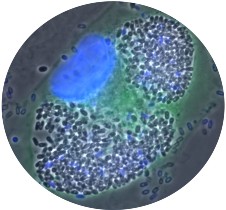Physics of Life
The Physics of Life theme represents an emerging field that is revolutionising the way we perceive and think about biology and biological processes. It emphasises the elegance and explanatory power of physics to interpret and manipulate the most complex systems we know - the living ones. Conversely, we turn to the living world as a source of fascinating phenomena that can in turn inspire new physics.
The deep physical principles that underlie living systems extend over spatial and temporal scales. Consequently, we explore dynamic processes spanning biomolecules, organelles, cells, organoids, whole organisms and populations on timescales from nanoseconds to evolutionary time, using diverse model and non-model species.
We investigate cellular behaviour during signalling, sensing, growth, differentiation, and development. We explore the emergence of dynamics in neural circuits in animal and human models, and ask how these can fail in disease, or be modified by stimuli. We seek to describe the assembly, function and organisation of important cellular organelles in microbial and animal species, particularly, the role of cellular protrusions and appendages (cilia, flagella, archaella, pili) for cell motility and genetic exchange. Delving down to the sub-molecular scale, we explore the quantum mechanical nature of biological processes such as magnetoreception and biological magnetosensitivity.
We emphasise and encourage interplay between theory and experiment to achieve deep understanding of biophysical mechanisms:
Experimental aspects - We create novel biosensing technologies, advancing the frontiers of spatial resolution with light microscopy and spectroscopy, atomic resolution with cryo-electron microscopy and X-ray diffraction, temporal resolution with millisecond hydrogen/deuterium-exchange mass spectrometry, and sensitivity with novel single-molecule and single-cell detection methods.
Theoretical and computational aspects - We develop and apply quantitative, data-driven biophysical descriptions of cellular processes and behaviour, such as molecular dynamics simulations of cellular machinery hydrodynamic modelling of fluid-structure interactions, evolutionary dynamics of expanding microbial populations and dynamics of open spin systems to decipher quantum biological phenomena.
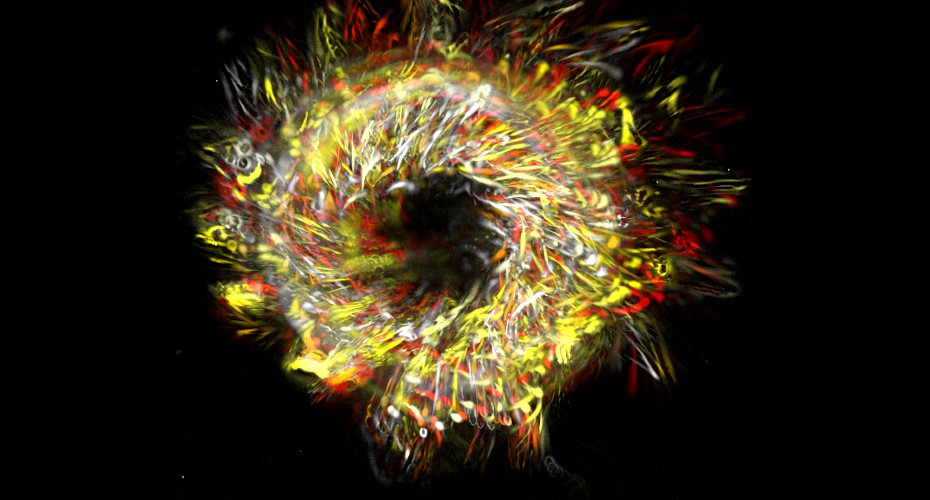
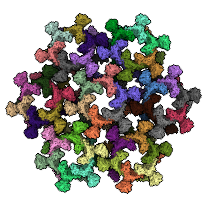

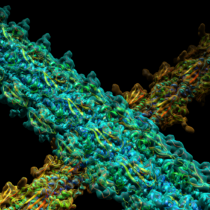
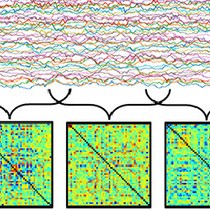
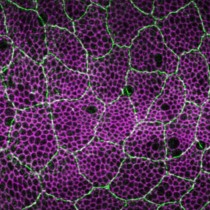
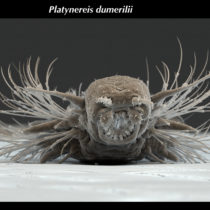
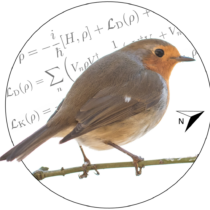
.png)
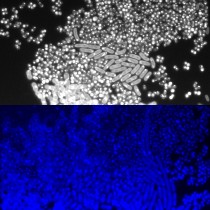
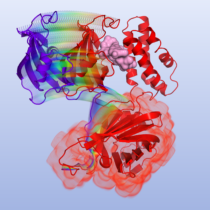
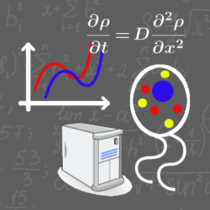
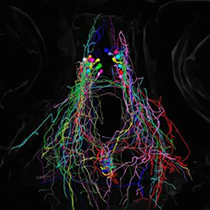
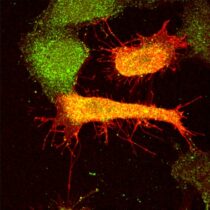
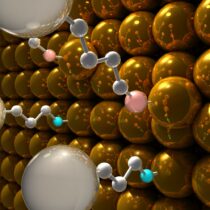
.png)
.png)
